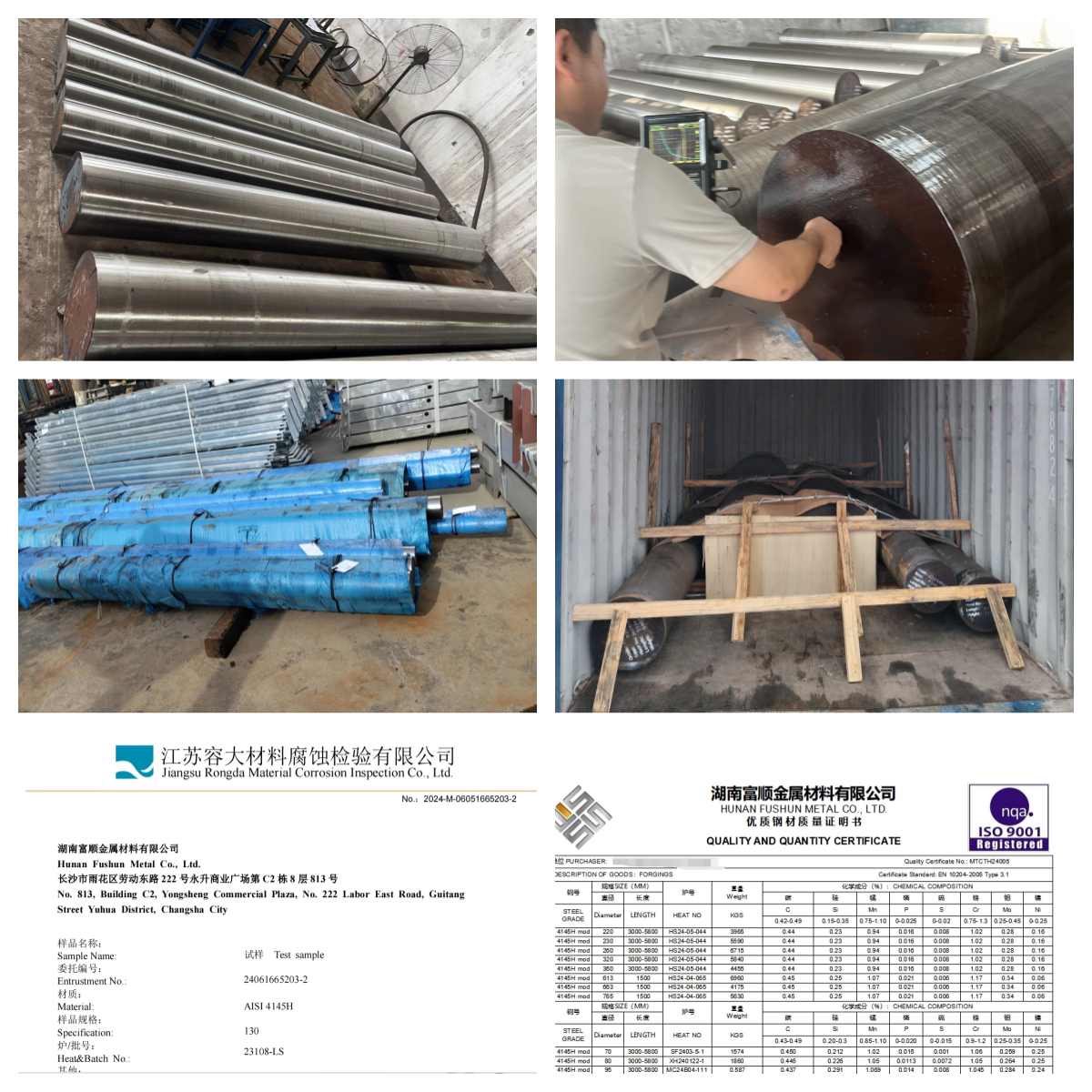What the Difference Pipes Tubing for Oil Gas?
A steel tube and steel pipe seem like they might refer to the same thing to some folks, but in the oil and gas industry, we know better. In a nutshell, tubing is usually more of a structural element than pipe, which is, more often, used to transport liquids. With tubing, wall thickness (measured by outside diameter of the pipe) is the most important measurement to take. With pipes, the size designated by the American National Standards Institute (ANSI) and walk thickness are the most important numbers to know.
What is pipe in oil and gas?
Steel pipes are used in goods processing, marine applications and oil & gas to transport gas and liquid. Pipes, typically made of carbon steel or low alloy steel, are generally less expensive to produce than tubes. The inside diameter of the pipe is the key measurement, as it tells you how much product can flow through it. The pressure rating, yield strength and ductility are also essential properties.
What is tubing in oil and gas?
steel tubes are also used to transport fluids, but they’re also commonly used as conveyor belt rollers, bearing casings, and casings for concrete pilings. In drilling well construction, however, tubing refers to casing and tubing strings. With tubes, diameter tolerance, wall thickness tolerance, straightness tolerance and roundness tolerance are critical measurements. Tubes are subject to strict specifications and must be regularly tested to determine hardness and tensile strength. Precise outside diameters, which indicate how much weight the tube can withstand, are important measurements. Steel tubes for pressure equipment come in short outside diameters (up to 5 inches); tubular for mechanical applications come in higher diameter lengths. Tubes are generally more expensive than pipes due to the materials from which they’re made: mild steel, aluminum, brass, copper, chrome or stainless steel. Naturally, the material used affects end user cost.
Two numbers specify pipe size:
- Nominal pipe size (NPS)measures inside diameter (ID) in inches. Note: this refers to U.S. pipe; In Europe, the metric equivalent is called DN, or diameter nomina
- Schedule (Sched. Or Sch.)measures the wall thickness. The number does not indicate a unit of measurement.
Generally speaking, the larger the schedule number, the thicker the pipe wall. However, you might see the same schedule number on pipes with different wall thicknesses.That’s because the NPS is factored into the actual thickness. If two pipes have different schedule numbers but the same NPS, the inside diameter (ID) will be different, but the outside diameter (OD) will be the same. To explain this better, a conversion chart may be the best way to see the relationship between pipe size, schedules and wall thicknesses. This chart looks at two common schedules (40 and 80)—disregard the weight per foot columns, as that will differ based on the material from which the pipe is constructed. Tube diameters are typically measured in OD, which represents the true outer size of the tube. Wall thickness can be measured in millimeters, inches or gauges. Gauge measurements are used for thinner tube walls; larger tubes are usually measured in inches here in the U.S.

